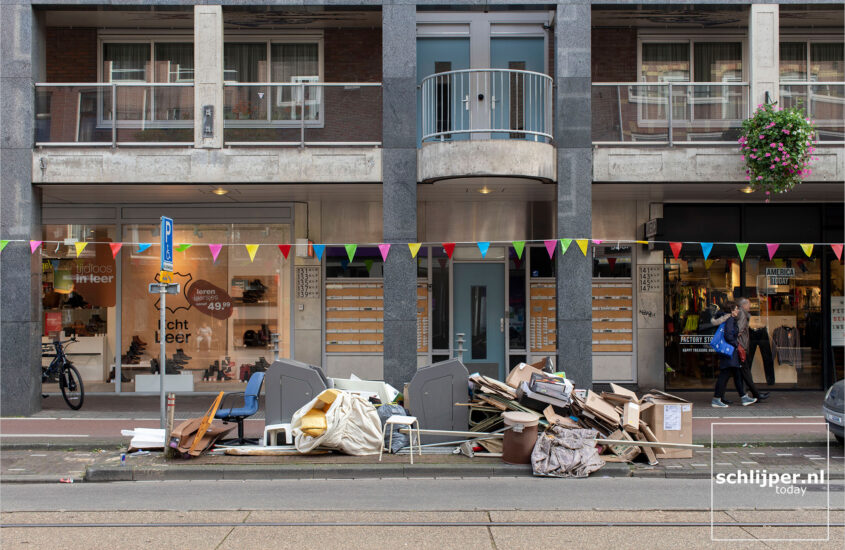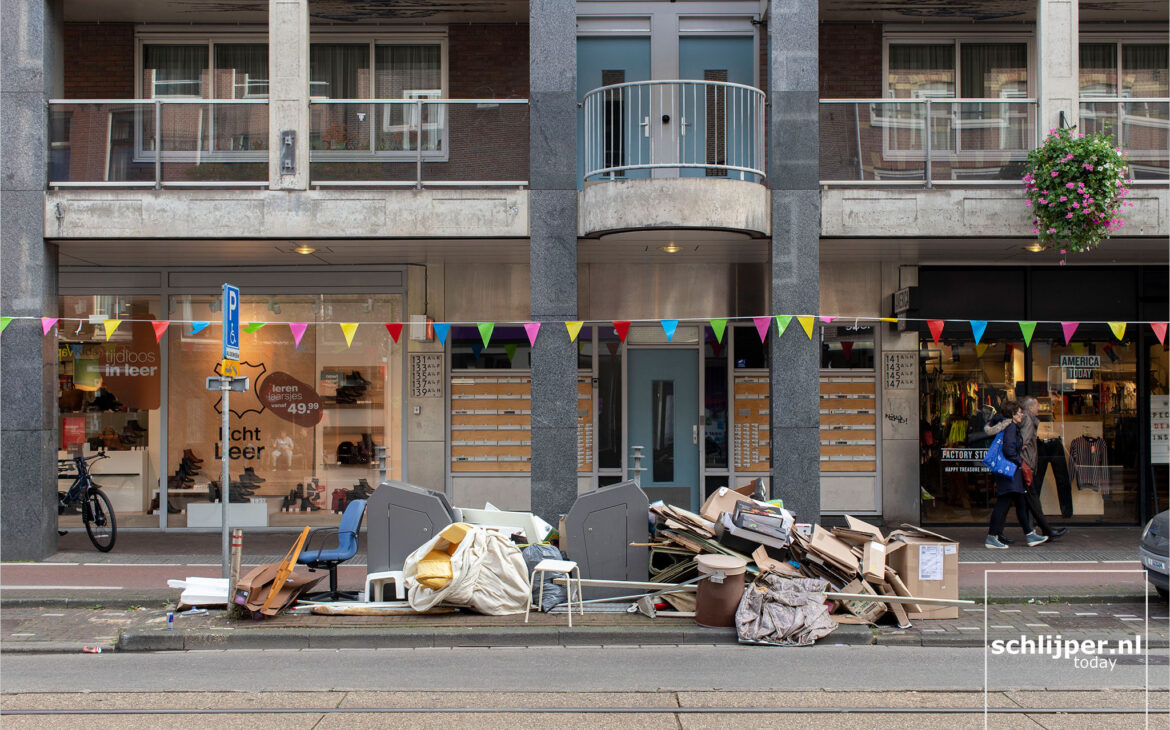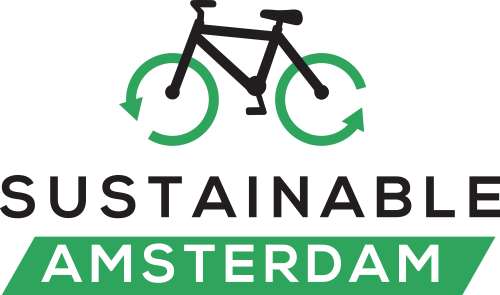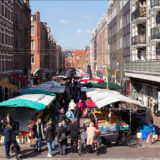Amsterdam’s Path to a Circular Economy

Amsterdam is working towards becoming a fully circular city — but what does that actually mean, and is it achievable? At its core, a circular economy moves away from the traditional linear model of ‘make, use, discard.’ Instead, it focuses on keeping resources in use for as long as possible, maximizing their value before recovering and regenerating them. The goal is to reduce waste and preserve raw materials.
Amsterdam’s Circular Strategy 2020-2025
The city’s strategy outlines bold ambitions, including cutting the use of new raw materials by 50% by 2030 and becoming fully circular by 2050. The strategy focuses on three key areas:
- Consumer Goods: Reduce single-use plastics, promote car-sharing, and avoid unnecessary consumption
- Food & Organic Waste: Encourage composting and minimize food waste
- Built Environment: Prioritize building renovations over demolition and use sustainable materials
Supported by an Implementation Agenda, Amsterdam has allocated €14 million to over 70 initiatives running from 2023 to 2026.
The Amsterdam City Doughnut
Part of Amsterdam’s pioneering approach is the Amsterdam City Doughnut, developed in collaboration with British economist Kate Raworth. This model aims to provide a framework to balance economic growth without overshooting planetary boundaries. With the Amsterdam City Doughnut, the city tries to paint a portrait of its social and environmental performance— locally and globally — highlighting the city’s consumption impact, not just within Amsterdam, but on global supply chains.
Are We There Yet?
Despite these efforts, Amsterdam is still in the early stages of its circular journey. The city is working to build the necessary infrastructure, shift behaviors, and shape policy. However, cities with high consumption and waste levels, like Amsterdam, face significant challenges in achieving circularity. It requires systemic changes in how products are designed, consumed, and disposed of.
While Amsterdam has set ambitious goals, the city is far from achieving them. Walking through its streets, it’s hard to ignore the reality of a linear economy—each week, large amounts of furniture are left out for disposal. Unfortunately, most of these materials are not reused or recycled but are incinerated.

Systemic and Regulatory Changes Needed
The circular economy model is complex, and its implementation is gradual, facing both legislative and practical barriers. Overcoming these challenges requires systemic changes in design, consumption, and disposal processes. Regulatory barriers also slow progress, but initiatives like CircuLaw are addressing this issue. CircuLaw analyzes regulations across value chains, identifying obstacles and opportunities to advance circularity.
Tracking Progress
To measure progress, Amsterdam developed the Circular Monitor, which tracks material flows and evaluates goals, such as halving raw material use by 2030 and achieving full circularity by 2050. In 2022, over 17 megatons of new, non-renewable materials were used in Amsterdam’s economy — an 18% drop compared to 2016. This decline, particularly sharp between 2020 and 2022, is partly linked to the closure of Amsterdam’s last coal plant in 2019 and reduced fossil raw material use by the Port of Amsterdam. However, some of this progress is considered temporary, influenced by the COVID-19 pandemic. Despite these improvements, the challenge remains immense. If everyone around the world consumed at the same rate as Amsterdammers, we would need 3.1 planets to sustain us. This sobering reality highlights how much progress is still needed to live within planetary boundaries. However, Amsterdam’s journey offers a valuable blueprint for cities worldwide striving to achieve circularity.
More information
For more information about the city’s circularity policies visit City of Amsterdam’s Circular Economy Page.
Are you interested in seeing how Amsterdam is embedding circularity in its built environments and new neighborhoods? The Creative and Circular Amsterdam North Tour is an excellent way to explore some of the city’s leading examples of circular urban development. To learn more about Amsterdam’s circular policies and initiatives, visit the city’s official sustainability page.


